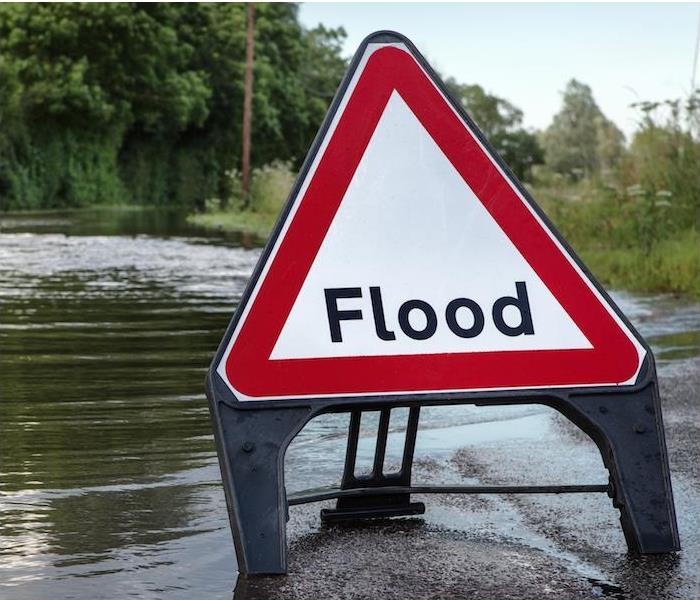The Types of Floods We Experience and Their Causes | SERVPRO® of Gwinnett County South
4/7/2022 (Permalink)
 Regardless of the cause of the flooding, SERVPRO of Gwinnett County South has the team to help you recover from any disastrous event.
Regardless of the cause of the flooding, SERVPRO of Gwinnett County South has the team to help you recover from any disastrous event.
Floods are the most common natural disaster in the United States, and they claim more lives each year than hurricanes, tornadoes or lightning. There is a risk of flooding everywhere but especially in areas that experience a large amount of rainfall.
Flooding is present in all states and U.S. territories and presents similarities in types and causality. There are three common types of flooding that happen for four usual reasons.
The Types of Natural Flooding
Flash floods are common and occur when heavy rain passes or sits over an area and overwhelms the ground’s ability to control the moisture. Excess water can sweep away items, big or small, or even people who might get caught in the current.
River floods are exactly what they sound like. When there’s too much water for a river’s banks to hold, the water spills over the sides and causes destruction.
Coastal floods happen in areas next to large bodies of water, when storm surges or cyclonic activity causes ocean or gulf levels to rise to flood levels.
Natural Flooding and the Most Common Causes
Heavy rainfall. Flash floods and river flooding can result from storms with excessive rainfall, or storms that sit and rest in an area for an extended period. Urban areas are more at risk for rain floods, because the higher percentage of concrete and asphalt means there’s a lack of soil to soak up all that water.
In 2021, Atlanta saw a total of 53.65 inches of rain, compared to the U.S. average of 30.21 inches. In February of this year, Gwinnett County experienced a significant amount of rainfall that lead to the temporary closure of Liliburn’s Camp Creek Greenway. It was enough to cause the flood-related problems on the Rockbridge portion of the trail. Many trails around metro Atlanta are vulnerable to weather events.
Oceanic activity. Storm surges, hurricanes and rising tides can cause the water levels to rise, which can inundate coastal communities and cause havoc.
Dams and levees failing. A recent example would be the disastrous levee breaks during 2005’s Hurricane Katrina. When cracks develop in levees or dams, excess pressure overwhelms the ability of the dam to hold back the surge of water behind it.
Snowmelts and ice dams. During the winter, in areas where snow and ice can accumulate due to prolonged freezing temperatures, the snow and ice will melt, allowing the water to flow throughout the area. Ice dams or ice jams occur when rivers become blocked by built-up ice being carried downstream, causing the banks to overflow.
Regardless of the cause of the flooding, SERVPRO has the tools and teams to help your home or business recover from its disastrous effects. Contact us anytime when flooding or water damage makes a mess in your life.


 24/7 Emergency Service
24/7 Emergency Service